I’ve got a fun new poster in the store, and today I want to share a little bit about it with you!
First things first, here’s my latest creation:
I was inspired by the fresh produce available last summer at one of my local markets, so when I got home I couldn’t resist setting up a quick still life to highlight these tasty stone fruits at their peak.
Imagine my surprise when this print won 1st place in the Open Print category of the 2016 Annual Print Competition at the Palo Alto Camera Club. Ron Herman was the judge, and I was completely floored by his decision.
Soon after this picture won, I decided to feature it in my gallery showing this past winter. The showing was titled “A Visual Feast” and took place at the Avenue 25 Gallery in San Mateo California. In fact, if you look closely, you can see this photo hanging with a few other favorites in the picture below.*
I was so proud of this original photo that I decided to turn it into a poster. But what to call it?
I wanted to steer clear of additional artistic commentary and let the image speak for itself, so I focused my brainstorming on key health lessons and nutrition topics. Then, out of the blue, it hit me. Fruit is nature’s fast food! I often grab a peach or a handful of cherries on my way out the door or to snack on as I work at my desk, and I realized that these snacking habits had — over time — gradually replaced my reliance on fast food. I’m sure that this change in my routine was great news for my health, and so now I want to share that epiphany with your clients in order to encourage them to also change their habits.
And that’s how this poster came to be. How will you use it?

Nature's Fast Food Poster - Peaches and Cherries Food Photo Poster - Motivational Poster
$19.00 $24.00
Add to Cart
* This image is copyright 2017 by Len Cook @expressionfood.com
And here are some other resources that can help make your life easier…



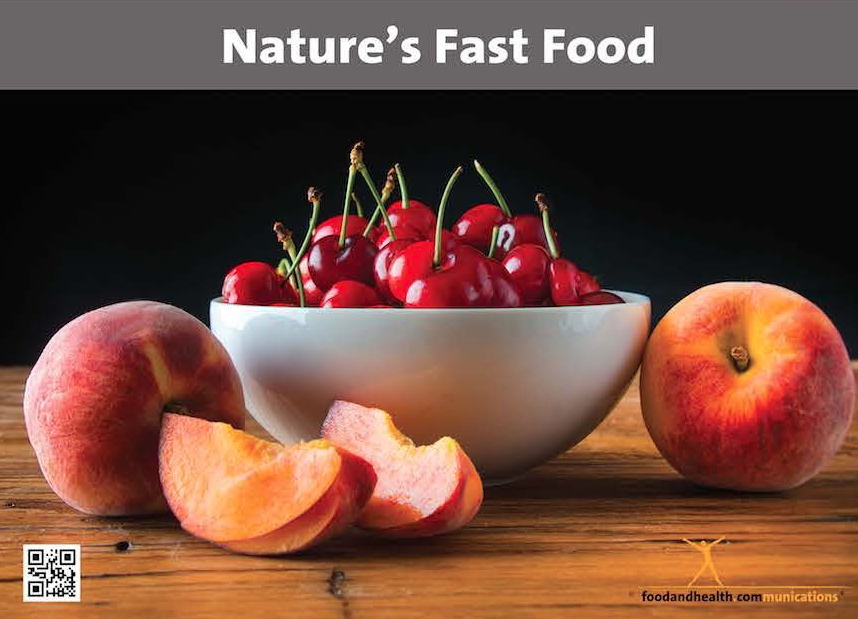
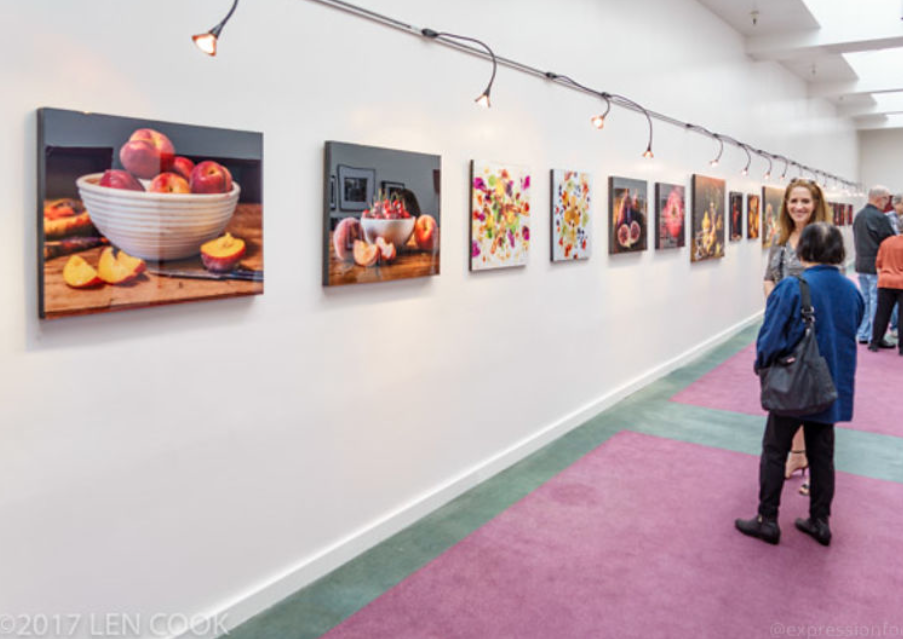
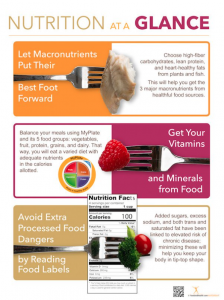
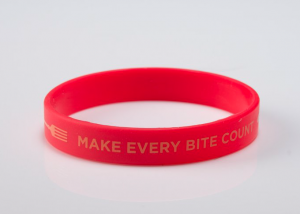







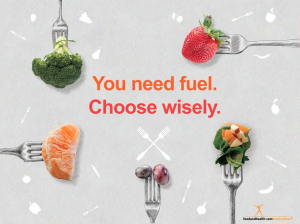

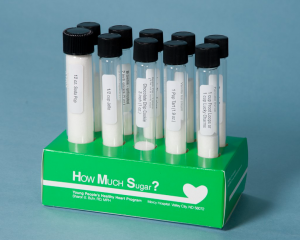

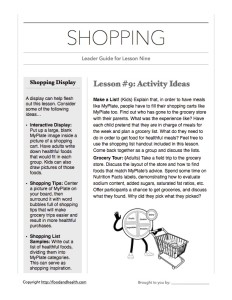
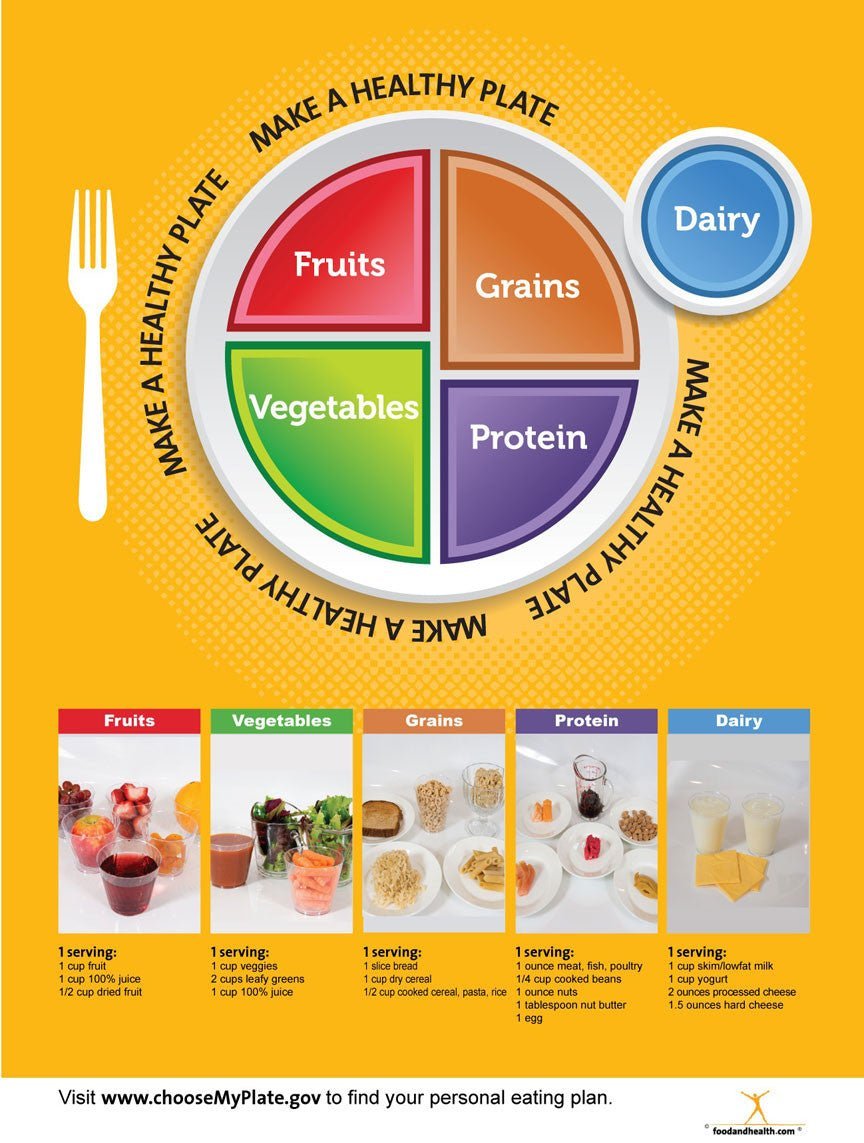


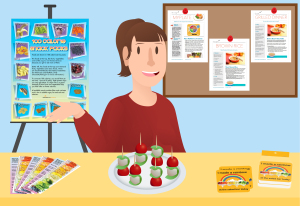
 Next up were stickers and bookmarks. The
Next up were stickers and bookmarks. The 


